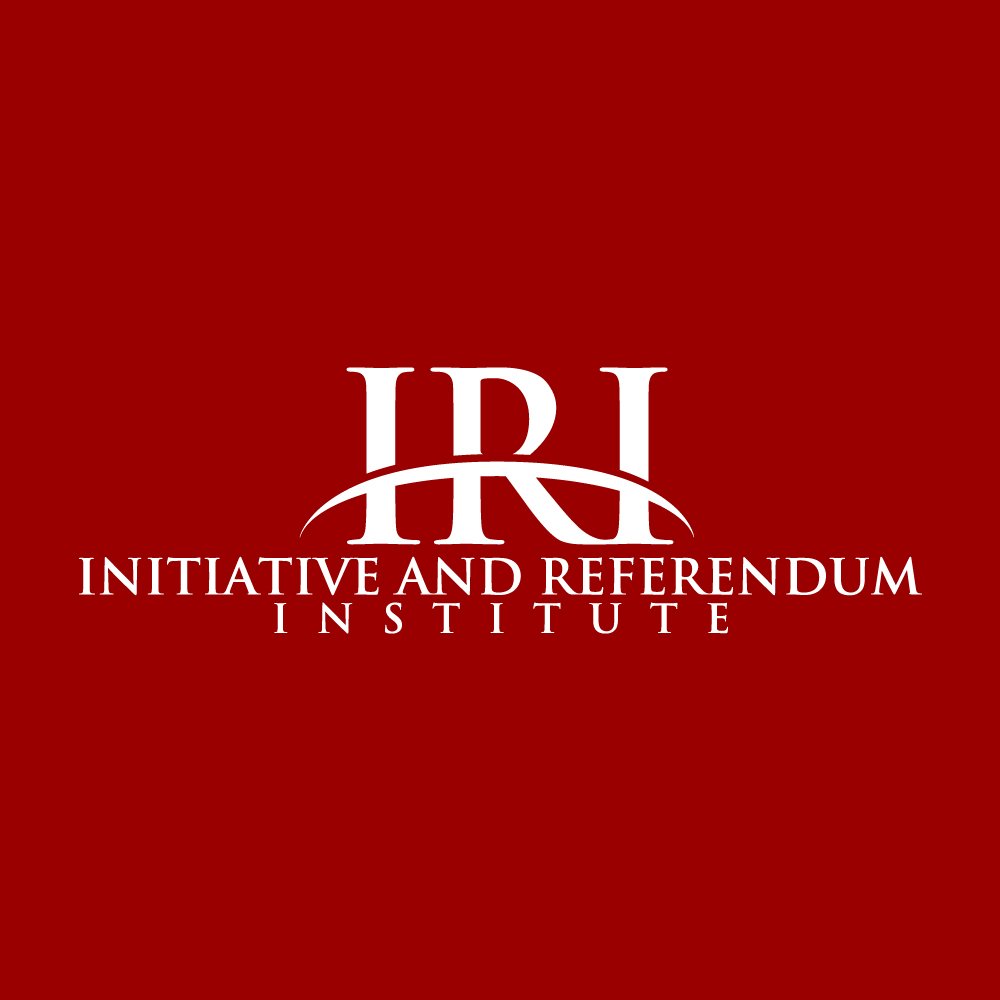Montana
Montana's Populist governor Robert B. Smith, elected in 1896, and his successor, Joseph K. Toole, elected in 1900, both called for adoption of the initiative and referendum, but neither made much headway until December 1903, when the reformer F. Augustus Heinze organized an "Anti-Trust Democratic Party" and an "Anti-Trust Republican Party." These groups, combining their efforts with those of the vocal "seven or eight men" from the state's Direct Legislation League, were able to push an I&R amendment through the legislature. The bill did not include the right to pass state constitutional amendments by initiative. Voters approved the I&R amendment by a six to one margin in 1906, with a majority voting in favor in every county. Montanans added the constitutional initiative to their constitution at the 1972 state constitutional convention, 66 years later.
Montanans first used the initiative in 1912, when voters approved four out of four initiatives on the ballot. One required primary elections to nominate state and local candidates; the second established a presidential preference primary; the third called for direct election of U.S. senators; and the fourth limited candidates' campaign expenditures. The reformers' goal for the 1912 election, which was to "Put the Amalgamated [Copper Company] out of Montana politics," proved to be an elusive one as the company continued to be influential in the World War I era. Even after the election of Joseph M. Dixon as governor in 1920, which was a victory for the reformers, Amalgamated continued to dominate the legislature. Near the end of his term, Dixon and the reformers turned to the initiative process.
Dixon selected as his key issue the under-taxing of Amalgamated: in 1922 the production of Montana's metal mines was $20 million, but the state got less than seven-hundredths of one percent of that in taxes. To remedy the situation, Dixon drew up Initiative 28, which proposed no taxes on mines with annual production of $100,000 or less, but taxed larger mines at up to 1 percent of the value of their production. The initiative qualified for the ballot in 1924, the same year Dixon was up for re-election.
During that campaign, observed K. Ross Toole in his history of Montana, "The people heard little from Dixon himself because he had no medium for expression. The press was controlled [by Amalgamated], and there were no radios." Amalgamated attacked Dixon's policies and Dixon himself, and he lost the election by 15,000 votes. But in their attacks on Dixon they overlooked Initiative 28, and it passed.
In 1920, voters approved a 1.5 million property tax for maintenance of the state university, and on the same ballot passed an initiative issuing $5 million in bonds to fund school construction. In 1926, they passed a three-cent-per-gallon gasoline tax to fund road construction, and they approved more highway funding in a 1938 initiative vote. Numerous other important initiatives have passed in the last decade – term limits and tax reform have been the most controversial with state legislators. These two reforms have led state lawmakers to propose numerous new regulations and restrictions on the initiative process.
After its Progressive-era heyday (1912-1928) during which 17 measures reached the ballot, the initiative process fell into disuse. Only six initiative came before the voters in the subsequent four decades. Initiative use picked up again in the mid-1970s, as it did elsewhere in the country, with frustrated voters approving property tax relief and the recall process in 1976. Initiative use continued to grow, with 16 measures in the 1980s, 16 measures in the 1990s, and 14 measures since 2000. The issues have been varied, ranging from opposition of basing MX missiles in the state, tax and term limits, minimum wage, campaign finance, and same-sex marriage.
See David Schmidt, Citizen Lawmakers: The Ballot Initiative Revolution (Temple University Press, 1989).
